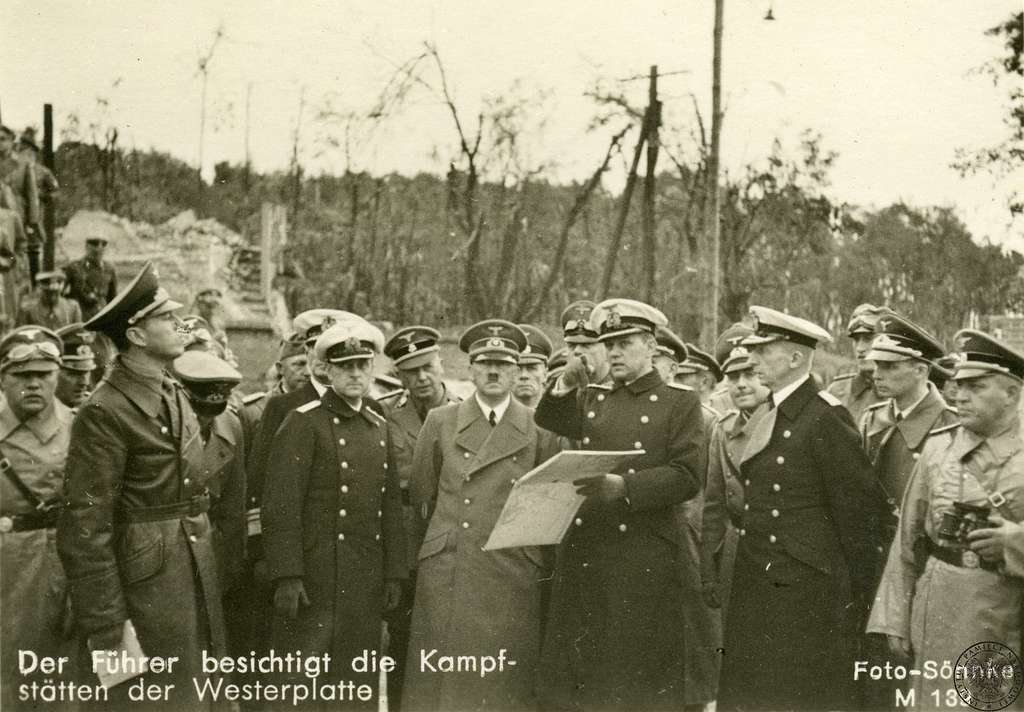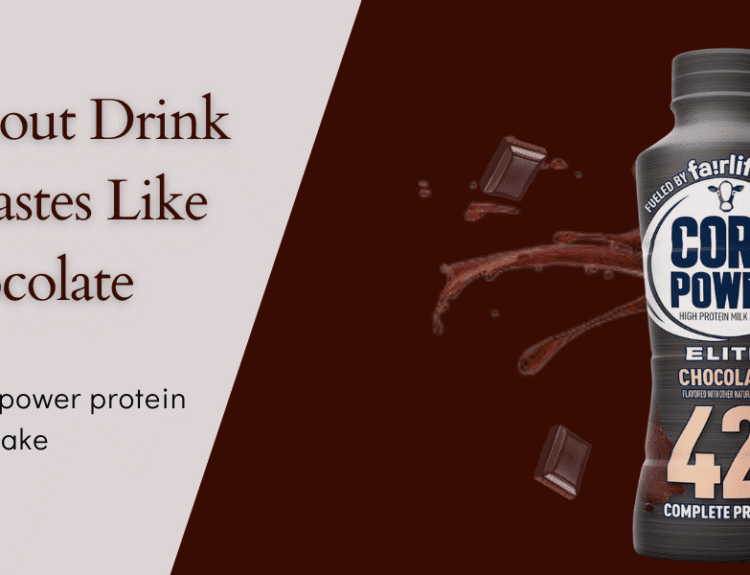World War 2 was the largest and bloodiest conflict in human history. It restructured power structures, changed boundaries, and left scars that persist to this day. But why did it escalate so quickly? How did Hitler’s strategies lead to the defeat of nation after nation? And how did the Allies ultimately win out? Let’s take a closer look at World War 2.
The Start of World War 2: Germany Invades Poland
On September 1, 1939, Germany invaded Poland. Despite raising nearly 1.3 million troops, Poland had little chance. Germany’s brutal and modern tactics were too strong for their outdated cavalry and equipment. In less than a week, German forces occupied Poland.
This marked the beginning of World War 2. The three main tenets of Hitler’s revolutionary Blitzkrieg, or “lightning war,” strategy were speed, surprise, and overwhelming force. Tanks, infantry, and the Luftwaffe (air force) were all used in this strategy, which dismantled defensive lines before nations could react.
The Secret Weapon: Pervitin in the German Army
To maintain this relentless momentum, German soldiers were given pervitin, which is now known as Crystal Meth. Because it numbs pain, hunger, and fatigue, soldiers were able to fight for days on end. Despite the long-term damage, it gave Germany a considerable short-term advantage in the early years of World War 2.
The Soviet Strategy and the Winter War with Finland
Germany invaded from the west, and the Soviet Union invaded from the east. Based on historical claims, they took control of eastern Poland. But they had their sights set on Finland next because they were concerned that Nazi Germany might get too close to Leningrad.
Finland’s refusal to cede land sparked the Winter War. Despite the Soviet Union’s superior numbers and weaponry, Finland resisted for over two months. The Moscow Peace Treaty ultimately forced Finland to cede 11% of its territory.
Blitzkrieg Expands: Norway and Denmark Fall
Denmark and Norway were Hitler’s next targets. In April 1940, both nations were quickly overpowered using Blitzkrieg once more. Denmark surrendered in hours, and Norway’s government fled to London to form a government-in-exile.
Unable to halt the Nazi advance, British Prime Minister Neville Chamberlain resigned. Winston Churchill was appointed prime minister on May 10, 1940, the same day that Germany launched an attack on France, Belgium, the Netherlands, and Luxembourg.
The Battle of France and the Maginot Line Mistake
France built the heavily fortified Maginot Line in anticipation of a direct attack. The Ardennes Forest, which French experts had deemed insurmountable, was surreptitiously traversed by Hitler’s Group A. This unexpected action allowed German forces to get past the Allied defenses and into France.
With Belgium encircling them, the British army had no choice but to flee by sea from the port of Dunkirk.
Operation Dynamo: The Miracle of Dunkirk
Nearly 400,000 Allied soldiers were left stranded on the beaches of Dunkirk when Britain launched Operation Dynamo on May 26, 1940. It turned out to be the largest evacuation in military history.
The Royal Air Force, military ships, and civilian boats evacuated 350,000 soldiers by June 4, 1940. The event was later dramatized in Christopher Nolan’s Dunkirk, which highlighted the bravery, hope, and desperation during one of the most difficult times of World War 2.
France Falls, Italy Joins the War
A few weeks later, on June 22, 1940, France submitted to Nazi Germany. Benito Mussolini’s Italy had already joined Hitler through the Pact of Steel. On June 10, Italy declared war on France and Britain.
By July 1940, Hitler had taken control of Austria, Poland, Denmark, Norway, Belgium, Luxembourg, the Netherlands, and France. Britain and the Soviet Union were the only nations that prevented him. The United States was not involved at the time because of its isolationist stance following World War I.
The World at the Edge: What Came Next in World War 2
Hitler had the upper hand because the Nazis controlled the majority of Europe. With the defiant leadership of Winston Churchill, who motivated his country with his famous words, Britain stood alone:
“We shall fight on the beaches, we shall fight on the landing grounds, we shall fight in the fields and in the streets… we shall never surrender.”
The fate of the free world would be decided in the next chapter of World War 2. The tide would start to turn after the Battle of Britain, Operation Barbarossa, and ultimately the United States’ entry into the war.
Conclusion: Why Understanding World War 2 Matters
World War II was a turning point in world history, not just a military conflict. A complex picture of a war that permanently altered the course of history is painted by Hitler’s Blitzkrieg, the use of chemical stimulants, the tenacity at Dunkirk, and the changing alliances.
We’ll look at how the Allied forces changed the course and ended Hitler’s reign of terror in the following installment of this series.







